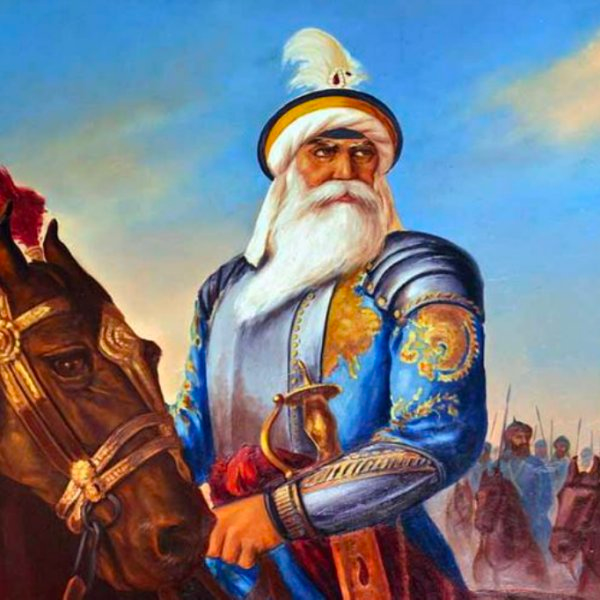Nawab Kapur Singh
- Malkiat Singh Duhra
- Dec 30, 2023
- 3 min read
Nawab Kapur Singh was a major Sikh leader who led the community during the early-to-mid 18th century. He is considered one of the most respected, pivotal and legendary figures in the Sikh history from 1716 to 1753. Under his leadership, the numerous Sikh communities went through some of the darkest periods of its history, from 1716-1733, and 1735-1764. Banda Bahadur Singh dominated and motivated the Sikh community after Guru Gobind Singh until 1716. After Bada Bahadur Singh, Nawab Kapur Singh laid the foundations of the Sikh Empire and eventually overthrew the vicious Mughal Empire. He was the organizer of the Sikh Confederacy and its military force, Dal Khalsa. He is held in high regards by Sikhs.
Nawab Kapur Singh was born into the Virk clan of Jat Sikh in 1697 in village Kaloke, district Sheikhupura, Punjab ( Pakistan ). When he seized the village Faizullapur, near Amritsar, he renamed it Singhpura and made it his headquarters. He is thus, also known as Kapur Singh Faizullapuria, and the small principality he founded, as Faizullapuria or Singhpuria. In 1721, he underwent Amrit-initiation at a large gathering held at Amritsar on Baisakhi day, from Panj Piarey led by Bhai Mani Singh. In 1733, the Mughal government decided, at the insistence of Zakarya Khan, to revoke all repressive measures issued against the Sikhs and made an offer of a grant to them. The title of the Nawab was conferred upon their leader, with a Jagir consisting of three Parganas of Dipalpur, Kangaval, and Jhabval.
With the arrival of the peace with the Mughals, Sikhs returned to their homes and Kapur Singh undertook the task of consolidating the disintegrated fabric of the Sikh Jathas. These were merged into a single central fighting force ( The Dal ) and divided into two sections: the Buddha Dal and Taruna Dal. The Buddha Dal was the army of the veterans and it was entrusted with looking after the holy places, preaching the word of Gurus and inducting converts into the Khalsa Panth by holding baptismal ceremonies. The Taruna Dal became the army of the young, led by Hari Singh Dhillon. It was a more active division and its function was to fight in times of emergencies. Kapur Singh was the common link between these two wings. He was universally respected for his high character. His words were obeyed willingly and to receive baptism at his hands was counted as an act of merit.
Under Hari Singh’s leadership, the Taruna Dal rapidly grew in strength and soon numbered more than 12,000. To ensure efficient control, Nawab Kapur split it into five parts, each with a separate centre. Each part had its own banners and drum, and formed the nucleus of a separate political state. The territories conquered by these groups were entered in their respective papers at the Akal Takhat by Jassa Singh Ahluwalia. From these documents or misls, the principalities carved out by them came to know as Misls. Seven more groups were formed subsequently towards the close of the century, there were altogether twelve Sikh Misls ruling in Punjab.
Nawab Kapur Singh requested the community to relieve him of his office, due to his old age, and his suggestion, Jassa Singh Ahluwalia was chosen as supreme commander of the Dal Khalsa. Nawab Kapur Singh died on October 9, 1753 at Amritsar and was succeeded by his nephew Khushal Singh.




Comments